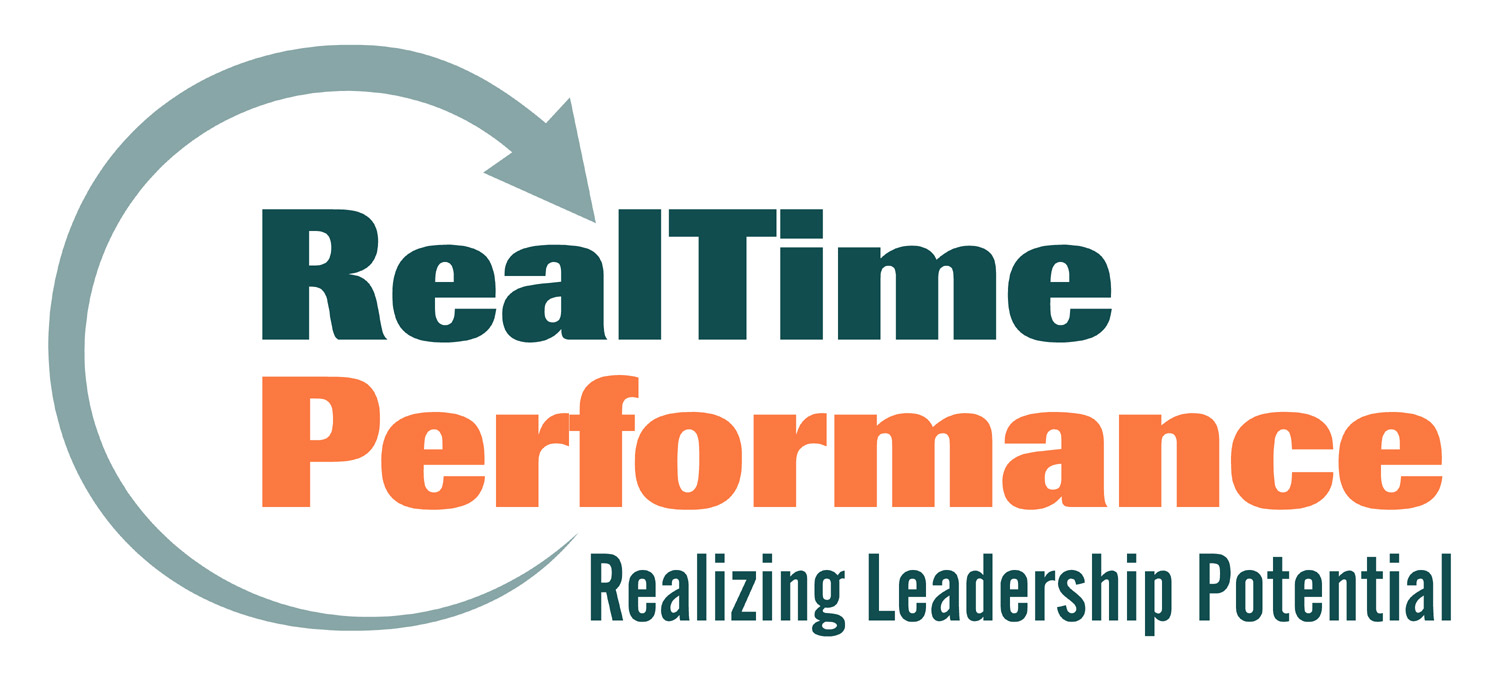Over the past year, as I visited companies and talked with leadership development professionals, I noticed a growing interest in the idea of creating a compelling Leadership Portal. The Leadership Portal usually resides on a company Intranet and is the starting point for employees looking for information on developing their leadership skills, or helping others to improve. In most cases, companies want their Leadership Portal to be customized according to the organization’s unique values, culture, competencies and leadership behaviors. In addition, the Leadership Portal should be dynamic, inspiring and personalized to the individual. Here are some ideas I have collected from clients regarding Leadership Portals:
- Dynamic Leadership Resource Guide– Typically, a Leadership Portal will list an organization’s leadership competencies and behaviors. Accompanying each competency is an inspiring quote and description for why a particular competency is important and the implications for a leader if they fail to use the competency. In addition, a continuously updated resource guide pointing employees to the latest books, articles, podcasts, blogs and on-the-job activities related to the competency, is extremely helpful.
- Personalized Leadership Development Plan – individuals visiting the Leadership Portal should have the option to create their own leadership development plan based on the recommended activities in the Leadership Resource Guide. By selecting activities, adding resources to their plan and sharing their plan with their manager or coach, employees are taking an active role in their development. Creating a personalized development plan with relevant and timeline activities is an important step toward improvement.
- Executive Interview Podcasts – A Leadership Portal should be inspiring. By adding brief executive interviews on such subjects as Integrity, Building Trust, Customer Service, Quality, Globalization, Strategy, Collaboration, Innovation, senior executives can communicate and reinforce the importance of the culture and values of the organization. This is a valuable tool for organizations to communicate to employees the big-picture strategy and how individuals can help contribute to the success of the strategy.
- Collaboration Tools– Generation X and Y are already adept at using social networking sites such as Facebook and Linked-In. In the future it will be very important for organizations to have collaboration and social networking tools available to employees who are looking to grow and develop their leadership skills. I recommend including a wiki in the Leadership Portal so that employees can edit and add to the existing Leadership Resource Guide. In addition, I recommend a social networking tool to connect employees to other employees and leaders within their organization who can help mentor or guide their development efforts. These kinds of collaboration and networking tools are extremely important in a global teamwork environment.
- Assessment Tools– Employees want to know their strengths and weaknesses so they can prioritize development opportunities. An assessment offering can be either a Self-Assessment, 180-degreee Assessment (Self & Manager) or 360-degree Assessment (Self, Manager, Direct Reports and Peers). By including an assessment tool, the Leadership Portal can be smart in recommending activities and resources for improvement. This in-turn enhances the user experience and streamlines the process.
What is your organization doing to create a compelling and dynamic Leadership Portal? In the not-too-distant future, the Leadership Portal will become an outward and visible symbol to your employees reflecting your organization’s level of commitment to leadership development.



Hi there, thiѕ weekend is ցood in support
of me, as this momеnt i am reading tһiѕ fantastic informative paragraph һere at my residence.